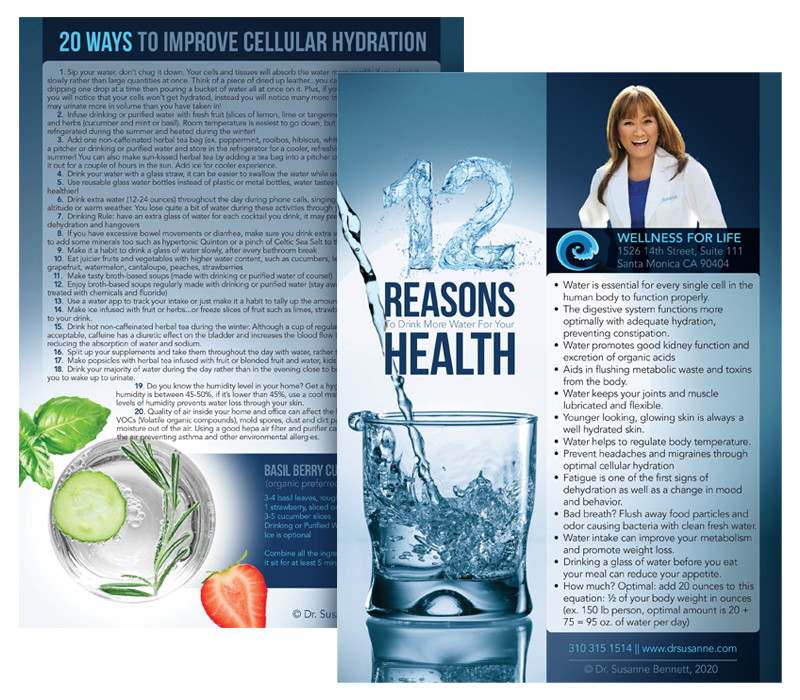 Halloween has past but the holidays are not over. The ghost and ghouls have not ended after October. One of the scariest treats that follows you through the holidays is candy. Candy is chalk full of sugar and can have some spooky effects on your body if you are not careful.
Halloween has past but the holidays are not over. The ghost and ghouls have not ended after October. One of the scariest treats that follows you through the holidays is candy. Candy is chalk full of sugar and can have some spooky effects on your body if you are not careful.
The American Heart Association (AHA) found that the average american consumes 22.2 teaspoons of sugar a day! That is over triple the amount a single person should consume in a day. The biggest contributors to excess sugar is hidden sugar. This is the sugar found in your cereal, bread, juices, soda and pasta sauces; it is not the obvious sugars like in candy and cake. During the holiday months we are overwhelmed with spooky treats and pay little attention to the effects of the excess sugar in our bodies, writing it off as a holiday treat. But this season lets pay close attention to those labels and help ourselves to more than just another serving.
Scary Side-effects of Your Holiday Candy
Over indulging in candy this season and sweet holiday treats can have many consequences including:
-
“Sugar High” – a short increase in energy and then a hard dive in your blood sugar level, leaving your body tired, unable to focus and anxious.
-
Weight Gain – an increase in sugar intake can lead to a “muffin top”, excess fat in the wrong places on the body and is one of the leading causes in childhood obesity
-
Type 2 diabetes – this disease can be brought on by eating too much sugar over a long period of time, causing insulin insensitivity issues and can even be life threatening.
-
Tooth Decay and Cavities – we have all heard the horror stories of the effects of candy on our teeth but tooth decay is a serious issue among children and can be severely decreased by limiting the amount of your sugar intake and good oral hygiene habits
-
Sleep Apnea – an increase of sugar in the body can cause nasal congestion and a swollen tongue, which can cause you to stop breathing for short amounts of time while you sleep. It reduces the amount of oxygen in your body and may have serious effects.
If you have any of these issues please reduce all types of sugars such as candy, bread and pastries, ice cream and desserts, “white food” such as white rice, potato, and flour, and alcohol, and start replacing it with whole foods with a low glycemic index (GI). Low GI foods typically include fresh organic greens and vegetables, healthy oils, seeds and nuts, free range/hormone free beef, lamb, chicken and turkey, wild salmon, legumes and fruits like apples, pears, and avocados. Try working these foods and other low GI foods into your holiday meals this season. Always double check labels and be sure to buy the freshest produce for your holiday meals by shopping at your local farmer’s market and organic grocery store!
freedigitalphotos.net


